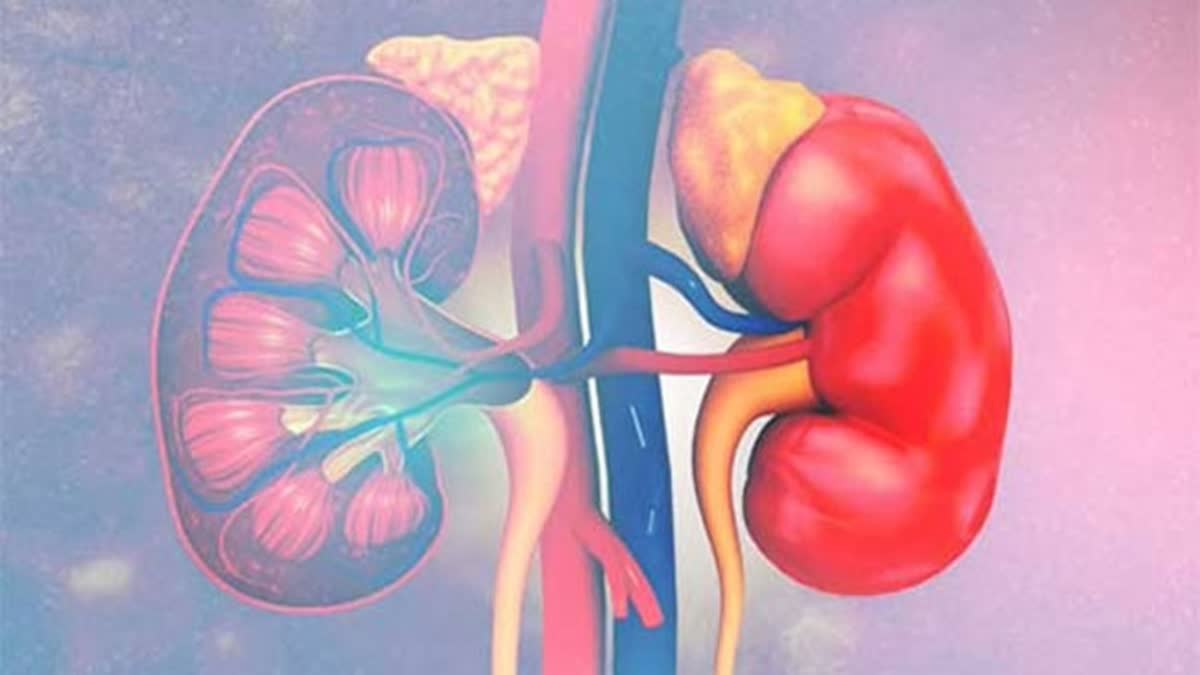New Delhi: Stating that proper transportation of organs for future transplantation assumes much more significance, the health ministry has released a 44-page standard operating procedure (SOP) for ensuring proper organ transportation.
Released on Saturday, the SOP that has been prepared in collaboration between the health ministry, Niti Aayog, National Organ and Tissue Transplant Organization (NOTTO) and other various stakeholders highlighted six different modes of transpiration including by air, ambulance, metro, defence, roads & highways, trains and waterways. Although the transportation of organs through these different modes follows almost similar procedures, it has some sector-wise specifications.
Transport of Organs by Air
Transportation of human organs by air emphasises ensuring maintenance of organs at appropriate conditions during transport by air in a security-controlled environment, based on a standard procedure.
All 'Human Organs for Transplant' transported through all modes of air transport, within the boundaries of the country. Seat for organ box must be provided next to the seat of the clinical team and accompanying medical personnel travelling and accompanying the box. Organ Box may be screened without opening. Depending on the size of the box, a routine scanner or a hand-held device may be used; X-ray screening will not damage organs. It shall be ensured that during screening the sterile transport chain is not disrupted. It is also to mention that the current SOP of BCAS (Bureau of Civil Aviation Security) exempts X-ray screening of Organ box.
Organ box to be accompanied by one medical personnel wherein responsibility of the box is solely with the accompanying personnel. Source airport will inform and communicate to the destination airport to facilitate the arrival process
By Ambulance/Other vehicles
It is necessary to ensure appropriate conditions are maintained during transport of live human organs by ambulance within a security-controlled environment. A green corridor may be provided for organ transport on the request of specific authorities and agencies. The “One Trigger System” that means a request from the organ allocation authority (NOTTO/ ROTTO or SOTTO, as the case may be) to initiate the process of organ transport by creation of a green corridor, may be considered.
By Defence
The purpose of transport and transfer of organs by defence is to standardize transfer of live human organs through facilities controlled by army, navy or air-force, through a well-defined, uniform and simple procedure. Human organs for transplant will be transported only within the territory of India and no organ shall be transported outside India. Further, no human organ for transplant shall be allowed to be transported from outside the territory of India.
By Metro
The purpose of transporting organs through the metro is to ensure appropriate conditions are maintained during transport of live human organs by Metro/ Regional Rapid Transit System (RRTS). To standardize transfer by metro through a well-defined, uniform and simple procedure.
By Road/Highways
The purpose of transporting organs through metro is to ensure appropriate conditions are maintained during transport by road or highway within a security-controlled environment. It also emphasises on standardizing transfer by road or highway through a well-defined, uniform and simple procedure.
The organ box will be standardized with a leak proof primary receptacle(s), a leak proof secondary packaging and an outer packaging of adequate strength.
By Trains
Organ box should be transported/ kept in correct position & orientation-upright straight vertical at 90 degrees to the surface and signage of “Handle with care” for which a label can be put on the organ box by the concerned authority. Also, the organ box should be secured with the seat belt for greater safety.
Through Ports, Shipping and Waterways
Likewise, the purpose to transport and transfer of organs through ports, shipping and waterways is to ensure appropriate conditions are maintained during transport by waterways within a security-controlled environment and to standardize transfer by waterways through a well-defined, uniform and simple procedure.
The SOP for organ transportation was released by the health ministry here on Saturday. While releasing the SOP, Dr Vinod Kumar Paul Member (Health), NITI Aayog highlighted the huge gap between the demand for and supply of organs and noted the need for institutional reforms in the government hospitals to take up the challenge of organ transplantation.
He lamented that there are only around 750 institutions providing organ transplantation services and encouraged the other institutions to also come forward to provide such services.
Stating that kidney transplantation is covered under the AB PM-JAY (Ayushman Bharat Pradhan Mantri Jan Arogya Yojana), Dr Paul called upon insurance companies to cover organ transplantation.
He also highlighted significant efforts made by the Union Government to ensure ease of organ transplantation like the “One Nation, One Policy” which removed the domicile and age-related roadblocks to organ transplantation.
The Union Health Secretary, Apurva Chandra highlighted the need to enhance awareness about organ donation as there are a large number of people registering for the need of organs.
“Although India ranks third in organ transplantation, since most organ donations happen amongst family members, there is a need to inspire people to register for organ donation,” he said.
He also stressed that “to ensure that there is no organ wastage, we must strengthen our system. When we receive a brain-dead person, the time is less and we have to harvest the organs in 12 hours and the transplant has to happen within a short window. Hence, we have to improve our systems and it's a big responsibility for NOTTO, SOTTO and ROTTO.”



